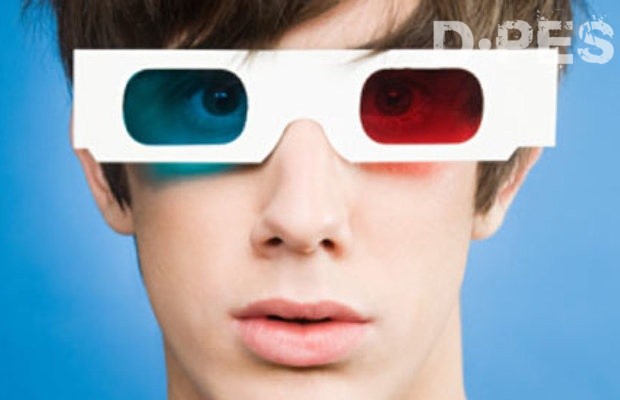When it comes to digital signage – investing, upgrading, programming content – the two primary talking points at the moment seem to be dynamism and attention attraction. Dynamism lets signage owners take control of content, change their message for particular times of day, special events and, increasingly, to suit individual viewers. Attraction deals with the more artful matter of aesthetics and interactivity that will coax viewers into looking at your sign in the first place.
Since director James Cameron released his vision of the future of film, Avatar – a sci-fi epic in 3D that took ten years to make and for which hundreds of millions of dollars in 3D imaging technologies were invested – 3D has become the craze of the era, from film-makers in Hollywood to sign-makers in Hamburg. So it makes sense that in Avatar's wake the professional film and AV industries spent time, energy and funds coming up with ways to use the third axis.
One problem is that making content that comes out of your screen is still an uncharted and somewhat messy area, especially if you don't have a Hollywood budget. Specialist companies like 3D Fusion provide end-to end services on glasses-free 3D solutions for the out-of-home markets. Along with 3D-capable digital signage displays, videowalls and ad kiosks, 3D Fusion offers media players from which to run content, and content creation services.

Other companies provide similarly all-encompassing 3D implementation and development services but these can be expensive and don't make sense for owners and operators of 3D digital signage networks and others who need to change and develop new content frequently.
Accordingly, 3D visualisation software of a number of ilks is being produced and sold in order to keep the cost of dynamism down. Magnetic 3D, for example, offers five different software packages designed for various stages of the content management process including creation (Mixture), delivery (FuzionCast) and management (Active X Control).
Still simpler systems, ones designed for applications outside the digital signage sector, are being used to design 3D imaging for digital out-of-home screens. Google describes its 3D design platform SketchUp as a tool for designing 'anything from coffee pots to skyscrapers'. Though it's not specifically meant for complexity or movement, it can be a great starting point for 3D imaging beginners.
Moving up the sophistication ladder, 3D design software manufacturer Autodesk has a suite of highly capable tools for everyone from game designers to digital signage network owners to television content producers. Maya, Max and Softimage, among other Autodesk suites, provide various functionalities and nuanced editing of glasses-free 3D animation content.
Houdini is another powerful 3D imaging tool, more focused on visual effects animations. Houdini is industry-famous for its capabilities but beginners be warned: it has more functionality than most professional effects specialists need and so the learning process can take time.
Another company, 3DVia, is trying a cloud-based network approach to 3D content creation, storage and sharing. Its software, marketplace and community of designers will perhaps do for animators what GitHub has done for software engineers. Time will tell.
Not as much time, though, as it's taken glasses-free 3D screen technology to hit homes and public spaces – it's been a long time coming and the concept of 3D moving pictures is older than many realise. In 1952 a film called Bwana Devil, shot with two facing cameras separated by a pair of mirrors, was shown to 3D-bespectacled cinema-goers through pairs of projectors and paved the way for the release of over 50 stereoscopic films between 1952 and 1955. (Stereoscopy is the 3D imaging method that shows each eye in a pair a different image of the same thing.) In the 1920s visitors to the Selwyn Theatre in New York could watch 3D slides whizz by in a device called the Teleview with revolving shutters which were mounted to the backs of seats. As early as 1893 Thomas Edison issued a patent for a device called the Kinetoscope which ran film strips through sets of rollers to give the impression of a third dimension, but a functional device was never made.
All of that is long gone and what remains is digital signage taking on more and more form factors both in terms of screen hardware and content for those screens. Is 3D on the way to ubiquity in the digital signage arena? Given its history, the answer to that question is in the hands of the people making the 3D content. How well we can use it will ultimately determine the fate of this form.